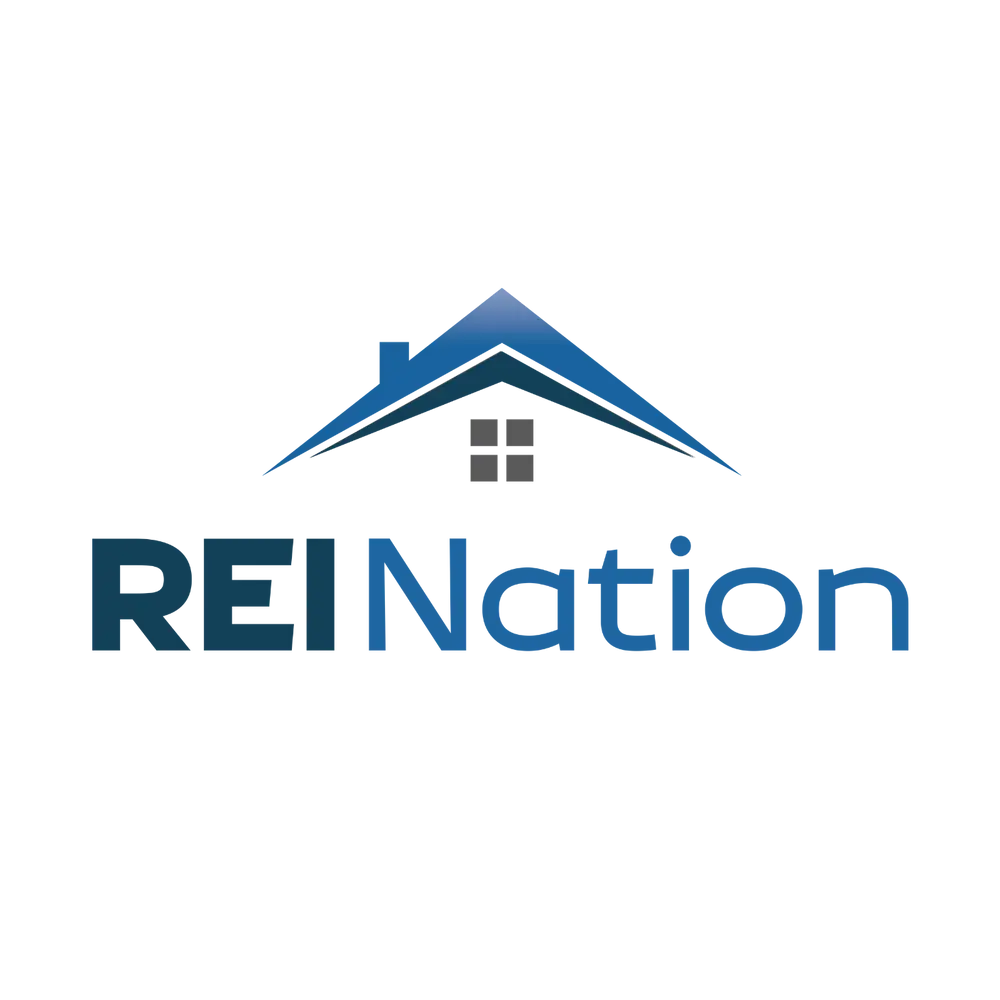5 Retention Strategies for Single-Family Rentals

This article is presented by REI Nation. Read our editorial guidelines for more information.
What is the one thing every single-family rental (SFR) investor wants? High resident retention rates. Ideally, we all want a 100% retention rate, although anyone who’s ever invested in an SFR will know that a perfect retention rate is unrealistic. Minimizing resident turnover, on the other hand, is a highly achievable goal if you know what you’re doing.
The most effective resident retention strategies emerge from trial and error, but if you’re smart, they don’t have to be your trial and error. REI Nation has managed 8,000 SFR properties across the Southeast for over twenty years. Our average length of occupancy is over five years per lease, and here are our tried-and-tested resident retention strategies based on real-life experiences with our portfolio of single-family rentals.
How Do I Calculate My Retention Rate?
Before we dive in, it’s helpful to recap how to calculate your retention rates. This is quickly done by dividing the number of residents who moved out during a 12-month period by the total number of residents over the same period and then multiplying that figure by 100. A reasonable retention rate for single-family rentals will be at least 83%.
Obviously, if you only had one property over a year and only one resident who stayed, your retention rate will automatically be 100%. Retention rates only begin to make sense when you have multiple rentals. As a landlord, you also will have more challenges to deal with as you increase the properties you have, so keeping your resident retention rates high gets more complicated the more properties you have. This is where our retention strategies really come in useful.
1. Make Sure The Rents You Charge Are Fair
It’s no surprise that every prospective resident wants the best possible property at the best price. When asked why they are looking for a new home, the overwhelming majority cite price as the main driving factor. After the price, residents cite poor communication and poor property conditions. If you are offering a quality experience for future residents, then a fairly priced home will stand out.
Most renters have a set budget for rent and will stick to it. And while most renters appreciate that a slight annual rent increase is inevitable due to inflation, they tend to react strongly to unfair rent increases and will very likely move.
According to CoreLogic, the average single-family annual rent increase in the US was 3.4% in March 2024. That is the rate of rent increase that most residents will accept gracefully. We’ve found internally that in some markets, competition and price point drives this percentage. Properties can see as low as 0-1% increases while others are still as high as 7% to 8%. It depends on the market and property. However, landlords still in the pandemic mindset of double-digit rent increases in 2024 will end up with high resident turnover. Most renters know they have options; they know how to research local market rents and will not hesitate to move, even if it’s inconvenient.
Of course, there are times when raising the rent beyond the average inflationary increase is justified. These higher increases are most straightforward to implement while the property is vacant, but if you already have an existing resident, you may be able to convince them to accept a higher rent if you follow the below points clearly and have demonstrated that their best option is staying in their existing property at a higher rental rate. Most residents do not want the hassle of moving, and an honest and fair relationship is the best way to get the highest rental increase without experiencing a vacancy.
2. Maintain Clear, Honest Communication
It’s worth elaborating on the importance of good communication. This is something that costs you nothing but is highly valued by virtually every resident. Communicating your plans for the property to your residents makes them feel respected and valued. It also minimizes the possibility of resentment, which builds over time and almost always results in the resident leaving. Answering calls, returning emails, and diligently following up with a resident before and after any work is performed is also an easy way to stand out from your competition. Most residents are not accustomed to such communication, which will make a difference.
3. Respond to Maintenance Requests Fast
Here’s a real-life story we’ve encountered: A resident has a furnace break down on a Wednesday evening over the Thanksgiving holiday. They fully understand that Thursday is a holiday. However, the home will be uncomfortable and downright cold if the furnace is not fixed quickly. They contact the management company maintenance department, and to their surprise, the call is answered, and a repair is not only made on Thursday; the management company even calls on Friday to make sure the furnace is working correctly and no other repairs are needed. That resident is a resident for life. As long as they need to rent a property, they are going to want to rent with that management company.
Most rental contracts clearly designate who is responsible for what. Even if the residents were able to afford the emergency repair themselves, they would typically have to get the approval of the management company or landlord before proceeding.
Having a plan for emergency situations is crucial. If you can’t commit to responding to after-hours phone calls, hire a management company that offers this as a service. Emergencies will happen, and how they are handled will affect your resident turnover rates.
Even non-emergency situations are best resolved promptly. Put yourself in your residents’ shoes: Would you want to live with a broken furnace/AC unit for weeks?
4. Ensure Your Properties Are of Good Quality
The term “good quality” is somewhat subjective and should be understood within the context of your local area and comparable properties in the area. Most residents don’t expect to live in a luxury-level property unless they rent in a luxury neighborhood.
Nevertheless, most people expect a reasonable standard of amenities and decor. The most critical areas to focus on are paintwork (should be fresh and not peeling), plumbing (newer, clean fixtures and fittings), flooring, and space.
Deferring maintenance issues in a property leads to more costs for you as an owner, and minor issues also lead to resident frustration and high turnover. The more times a resident has to pick up the phone and call the management company with issues, even minor ones, the less likely they are to sign an extension. When a resident first walks onto a property, if they can see a clean yard, clean and cut shrubbery where they can see the front door clearly, fresh paint, new window treatments, clean and consistent flooring, etc. These are all items that reflect how well you are going to manage their relationship. It is tough to expect good communication and a fair relationship if the property you are viewing is in rough shape and clearly in need of repair or upgrade.
5. Offer Additional Incentives for Resident Retention
While this won’t always be necessary, offering additional incentives to encourage residents to stay longer may be worthwhile in stagnating rental markets. A renewal upgrade such as painting interior rooms or refreshing a property is the most obvious incentive, but you can get creative and consider offering your residents an upgrade (this works exceptionally well if you were planning to make the upgrade anyway) or a referral bonus that will help you secure residents for your other properties. We have found both to be highly effective regardless of price point or market.
Of course, these incentives only make a difference when you’re already following all the other best practices as a landlord.
Final Thoughts: Going Above and Beyond
Any landlord’s goal is to have residents who don’t just tolerate the place they’re renting but actively enjoy living there. This is what we strive to achieve for every rental at Premier Property Management Group. We go above and beyond industry standards, doing the work so that you and your residents enjoy an equally exceptional experience.
The results of our hard work speak for themselves: The properties we manage boast an average length of stay of 5.3 years and less than 2% vacancy rate. Our residents are here to stay; by entrusting us with your property management, you can wave your high-turnover concerns goodbye.
This article is presented by REI Nation

Ready to add turnkey real estate to your portfolio in 2024? If so, now’s the time to invest with REI Nation. Where you invest, and they handle the rest.
Discover stress-free real estate investing with the largest family-owned turnkey investment company, REI Nation. Whether you’re a seasoned investor or just starting, they are dedicated to helping you achieve your financial goals in the world of real estate investing. Visit our website to start your turnkey real estate journey, where your success is their commitment.
Note By BiggerPockets: These are opinions written by the author and do not necessarily represent the opinions of BiggerPockets.
Source link





